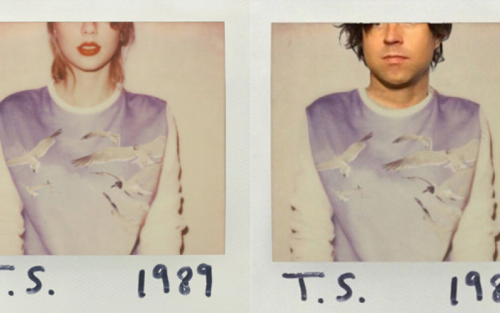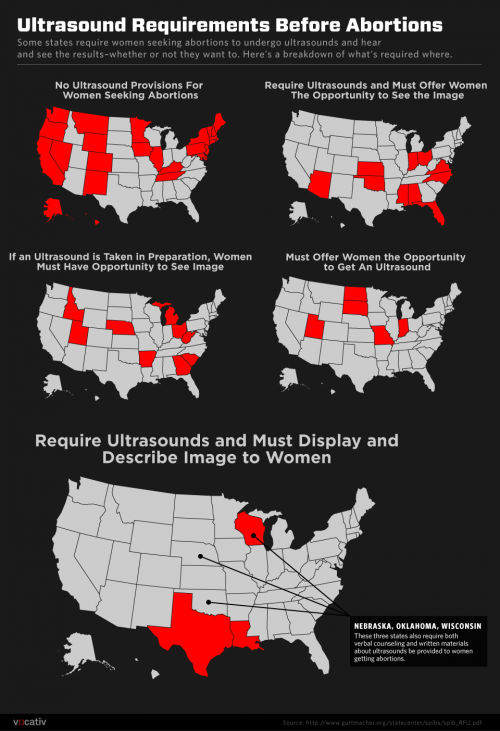The practice of pairing the word “men” (which refers to adults) with “girls” (which does not) reinforces a gender hierarchy by mapping it onto age. Jason S. discovered an example of this tendency at Halloween Adventure (East Village, NYC) and snapped a picture to send in:

Sara P. found another example, this time from iparty. The flyer puts a girl and a boy side-by-side in police officer costumes. The boy’s is labeled “policeman” and the girl’s is labeled “police girl.”
This type of language often goes unnoticed, but it sends a ubiquitous gender message about how seriously we should take men and women.
Lisa Wade, PhD is an Associate Professor at Tulane University. She is the author of American Hookup, a book about college sexual culture; a textbook about gender; and a forthcoming introductory text: Terrible Magnificent Sociology. You can follow her on Twitter and Instagram.
















